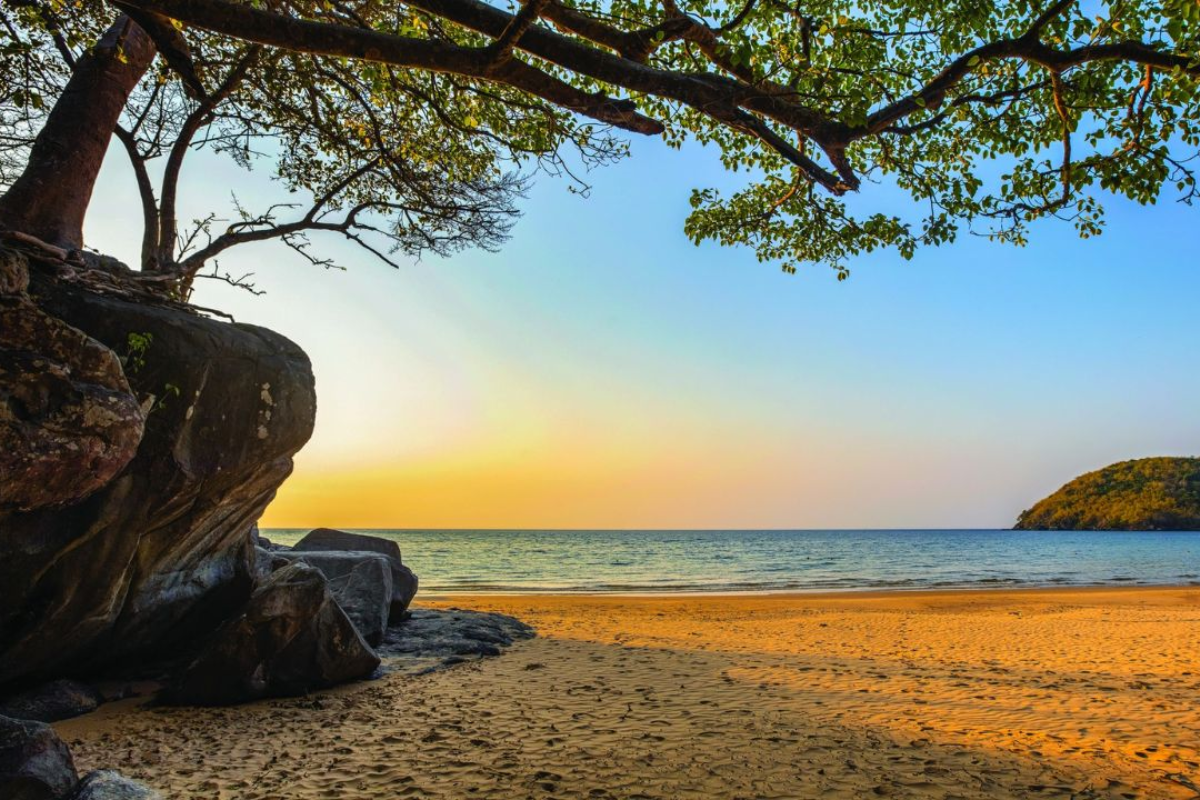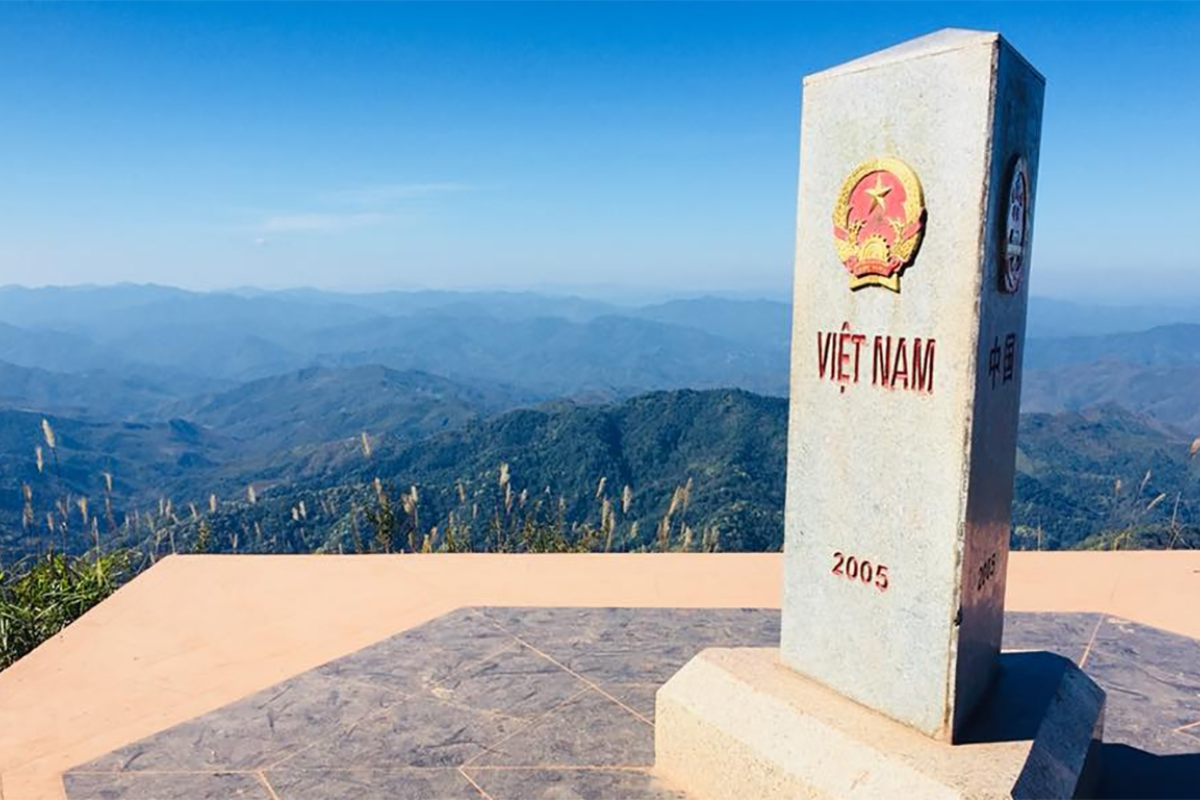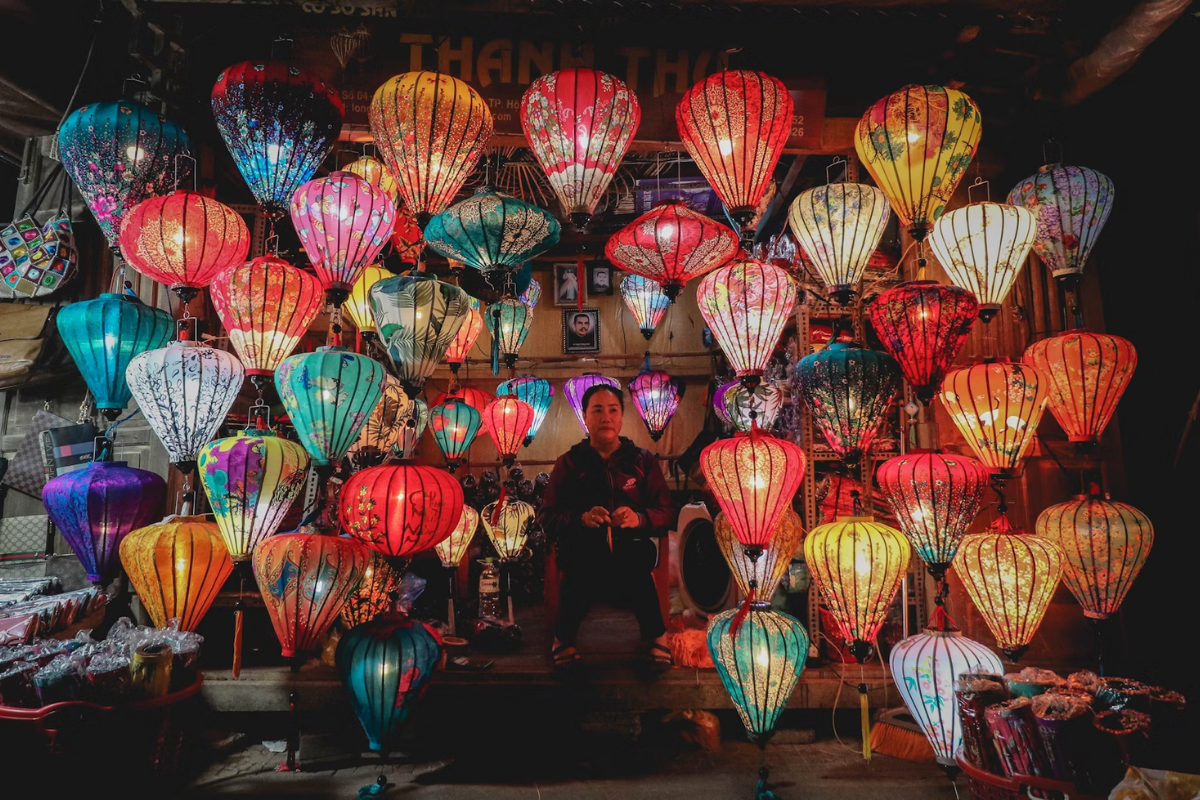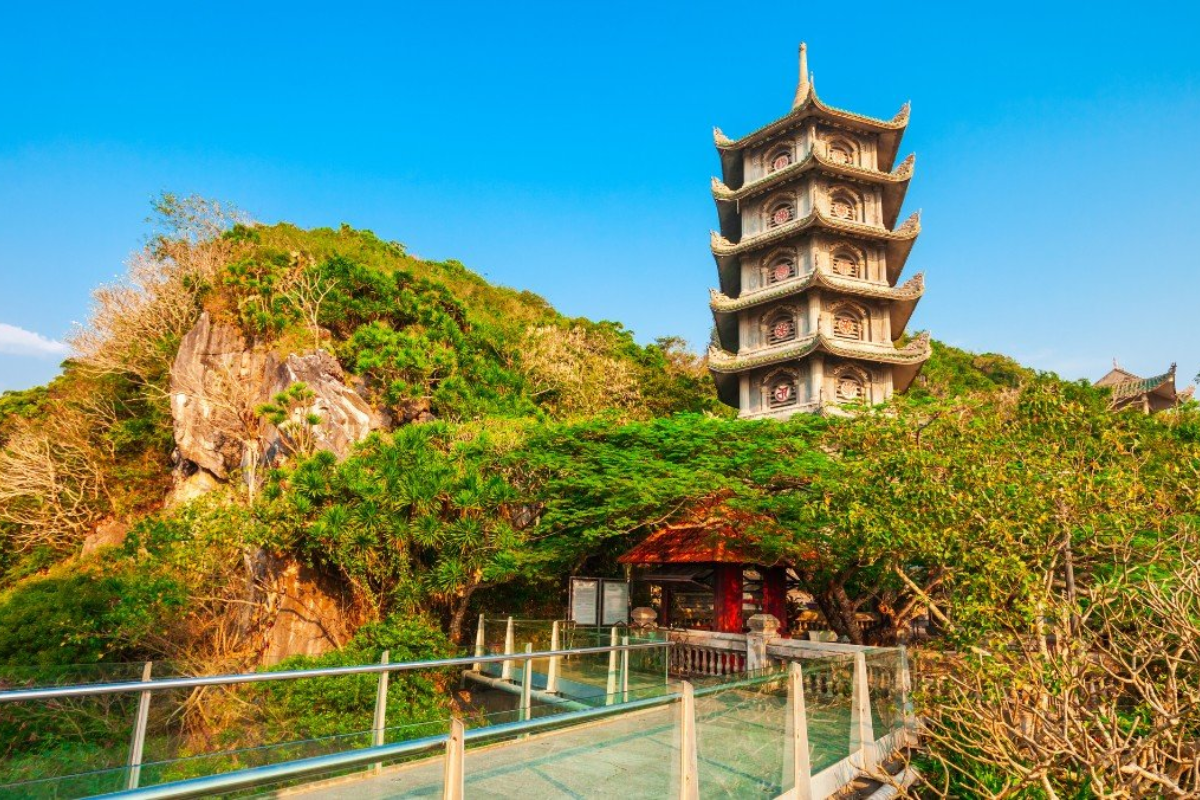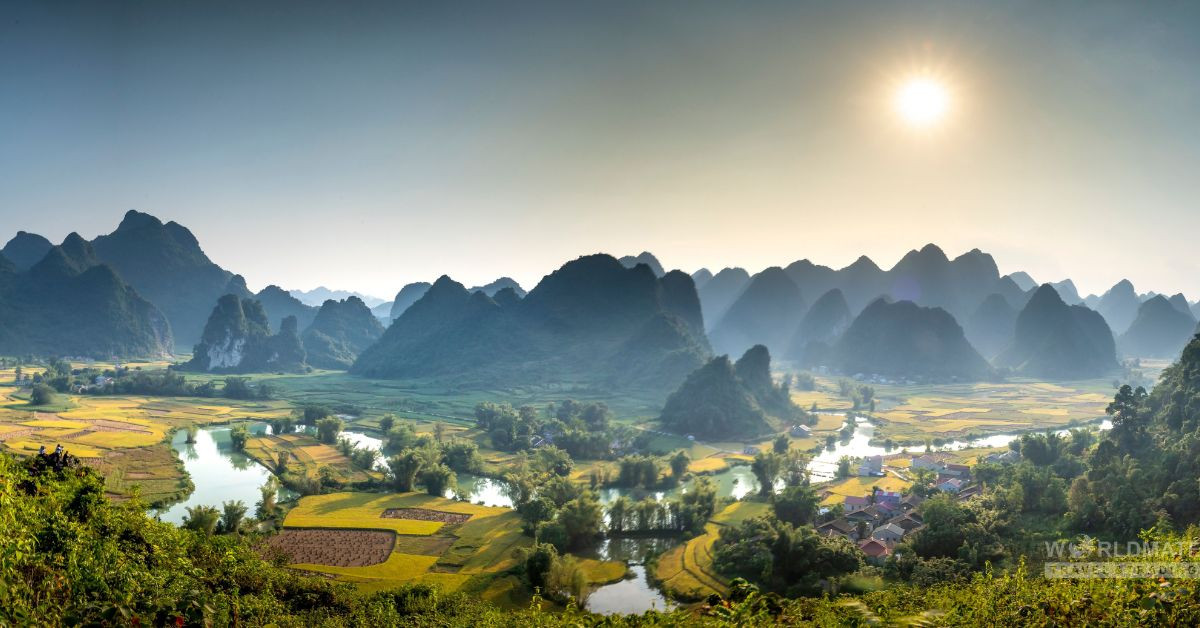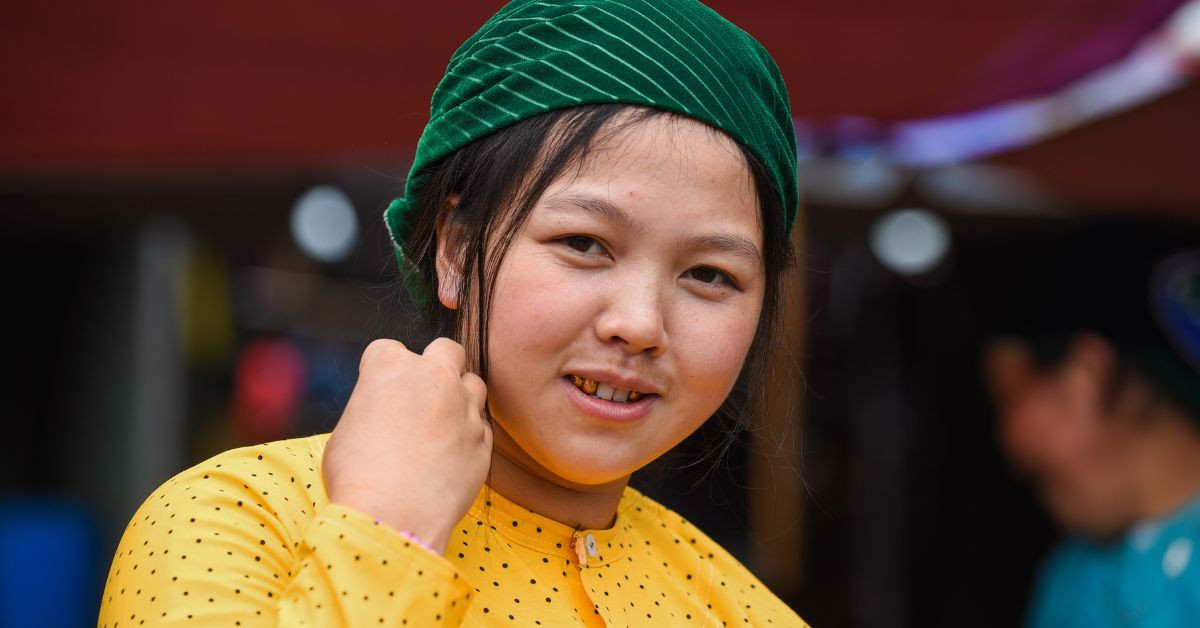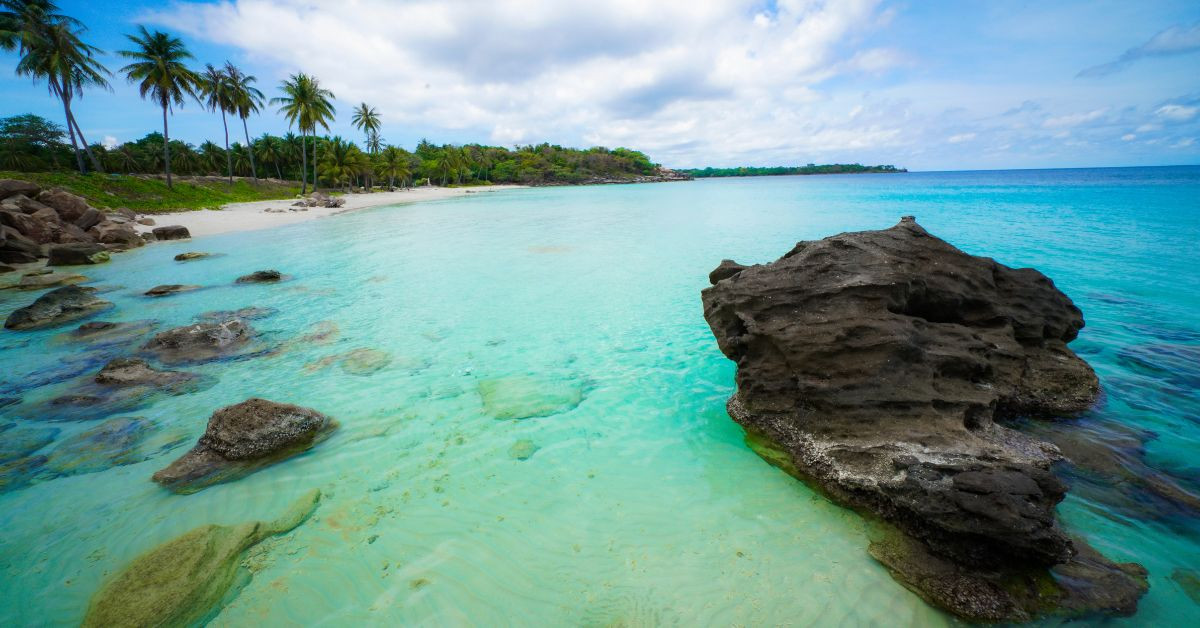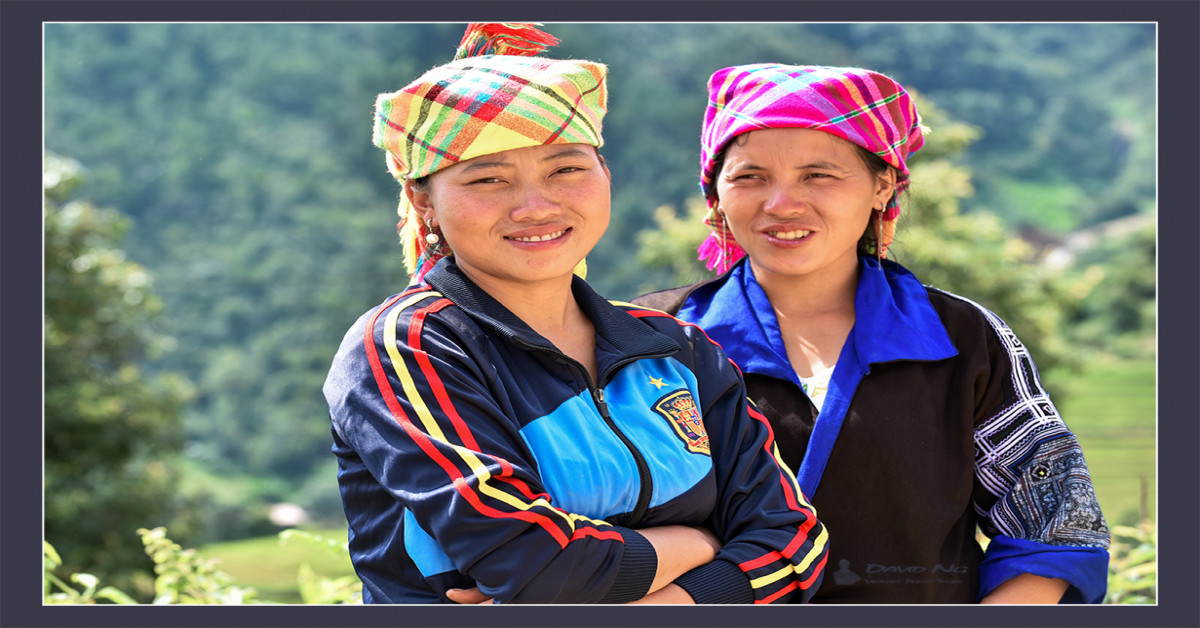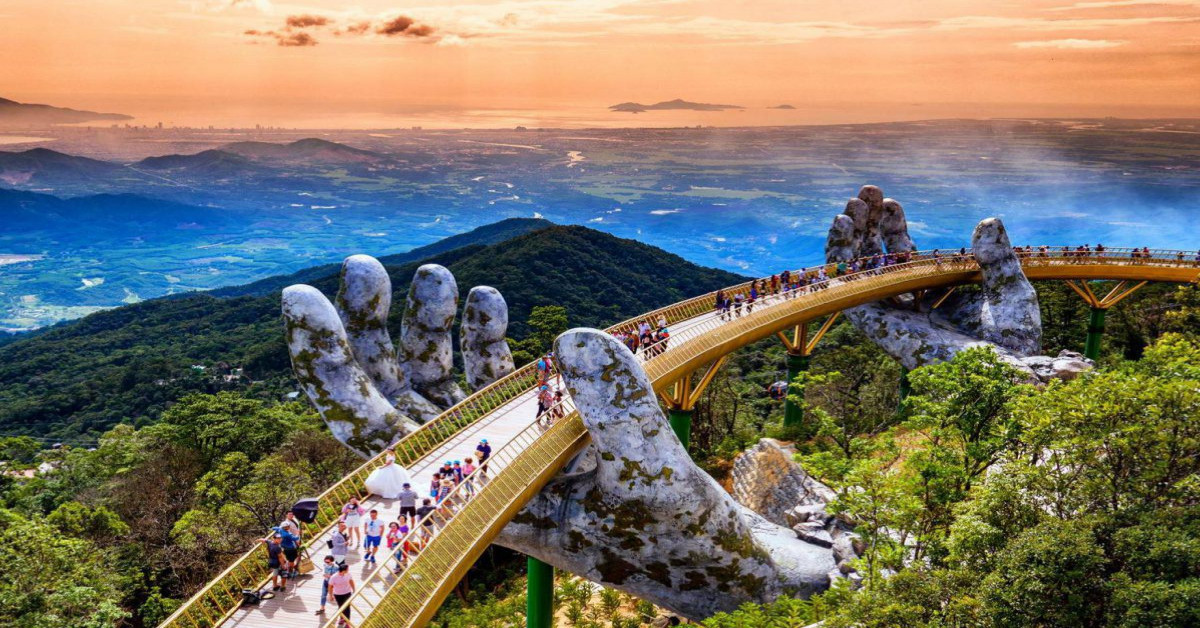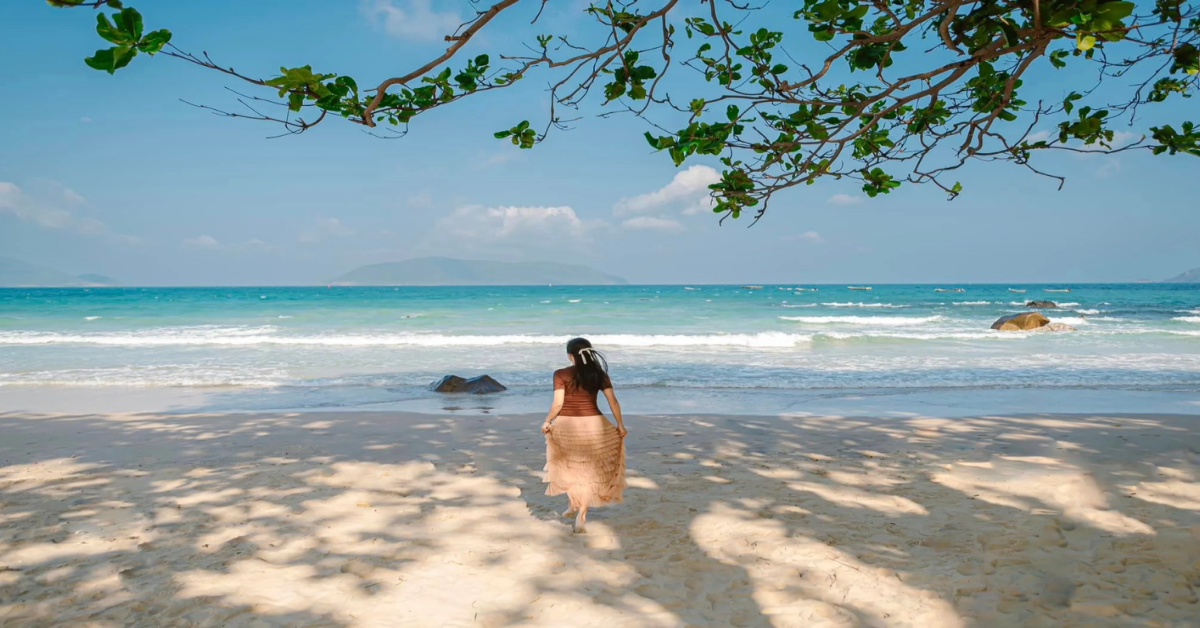Essential Trekking Preparation Guide for Northern Vietnam
The mountainous region of Northern Vietnam is renowned for its breathtaking vistas, vibrant cultures, and thrilling trekking opportunities. Whether you're a seasoned trekker or a novice adventurer, proper preparation is essential for a safe and enriching experience. Here’s a comprehensive guide to help you gear up for your journey.
1. Trekking Attire
Trekking Shoes
Your footwear is perhaps the most critical piece of equipment. Invest in high-quality trekking shoes tailored to your adventure:
- Low-cut Shoes: Best for flat, short trails; lightweight for day hikes.
- Mid-cut Shoes: Provide stronger ankle support for longer, uneven terrains.
- Mountaineering Boots: Essential for challenging climbs—opt for water-resistant models to keep your feet dry.
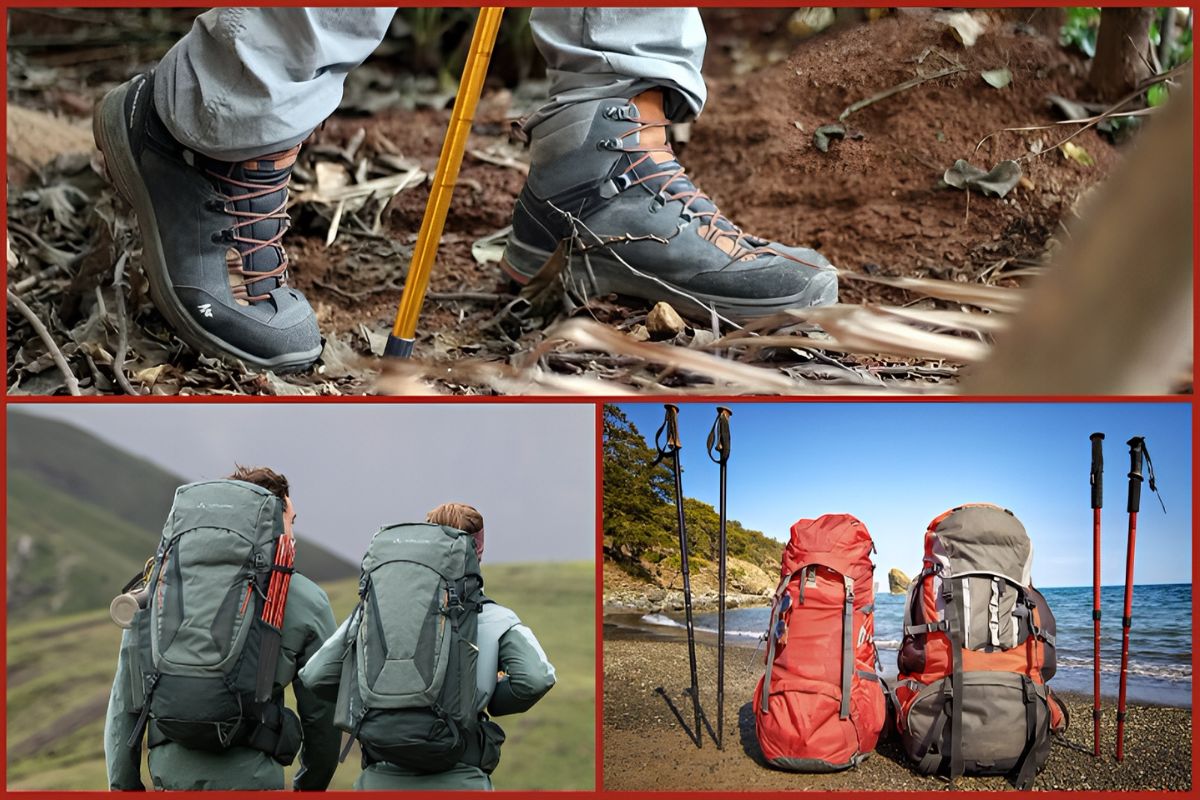
Tip: Break your shoes in before the trek to prevent blisters and ensure comfort.
Backpack
A well-fitted backpack is crucial for carrying your essentials:
- Choose a pack size that suits the length of your trek—30-50 liters for day hikes, 60 liters or more for multi-day excursions.
- Look for breathable back panels and padded straps for comfort.
Tip: Distribute weight evenly—practice packing your backpack to ensure ease of access to important items.
Clothing
Dress appropriately for the climate:
- Summer (April - September): Lightweight, moisture-wicking fabrics are essential. Long-sleeved shirts can protect against sunburn.
- Winter (October - March): Expect temperatures below 10°C at higher altitudes. Layering is key; pack thermal base layers and a waterproof outer layer.
Tip: Consider using packing cubes to compartmentalize your clothing for easy access.
2. Essential Supplies
Preparing for adverse conditions can make or break your trekking experience. Here are must-have supplies:
- Trekking Poles: Reduce strain on your knees and improve stability.
- Raincoat: A lightweight, packable rain jacket is critical as the weather can change rapidly.
- Sleeping Bag: Opt for one that’s rated for the lowest temperatures you expect.
- Multi-purpose Tools: A good knife can serve multiple functions.
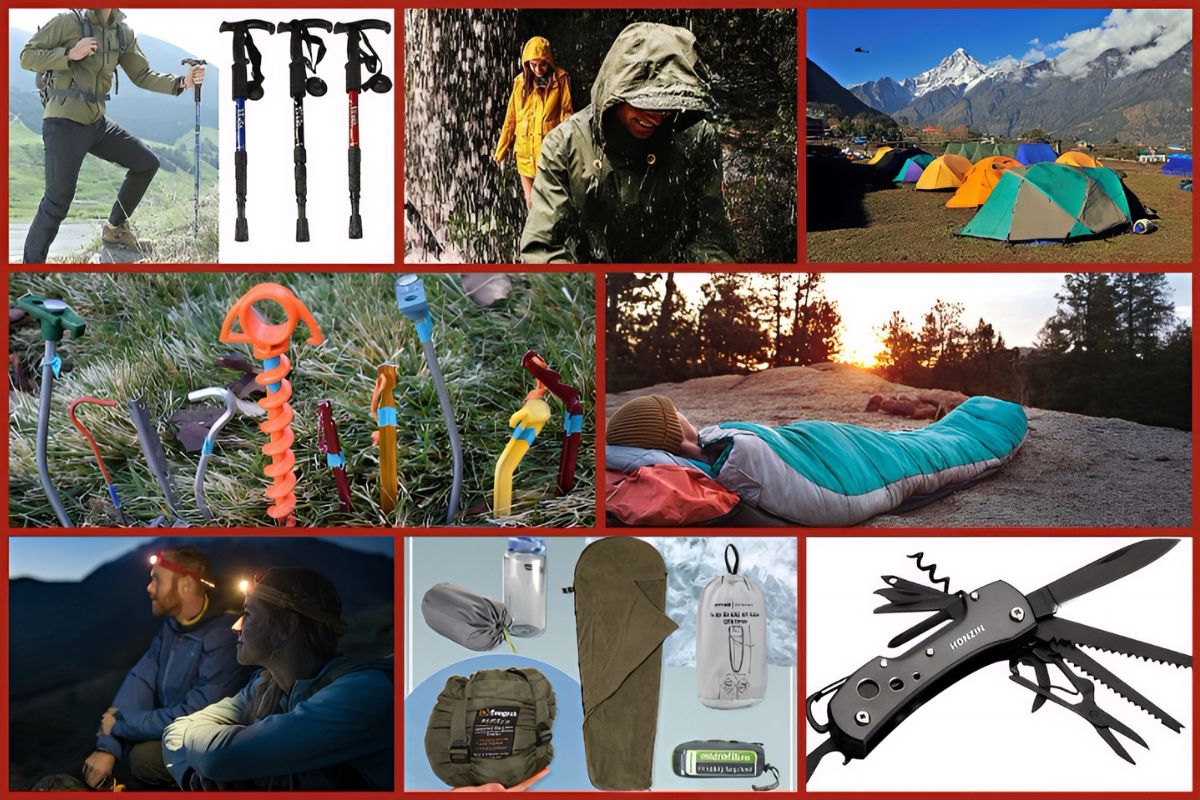
Tip: Always practice setting up your tent or using equipment before your trek.
3. Navigation and Medical Gear
Navigation Tools
Familiarize yourself with your route:
- GPS Device & Map: Carry a physical map as a backup.
- Compass: Basic navigation skills are invaluable—practice using a compass.
Medical Kit
Prepare a comprehensive first aid kit:
- Include items for common ailments: adhesive bandages and pain relievers.
- Consider adding blister care supplies and insect repellent.
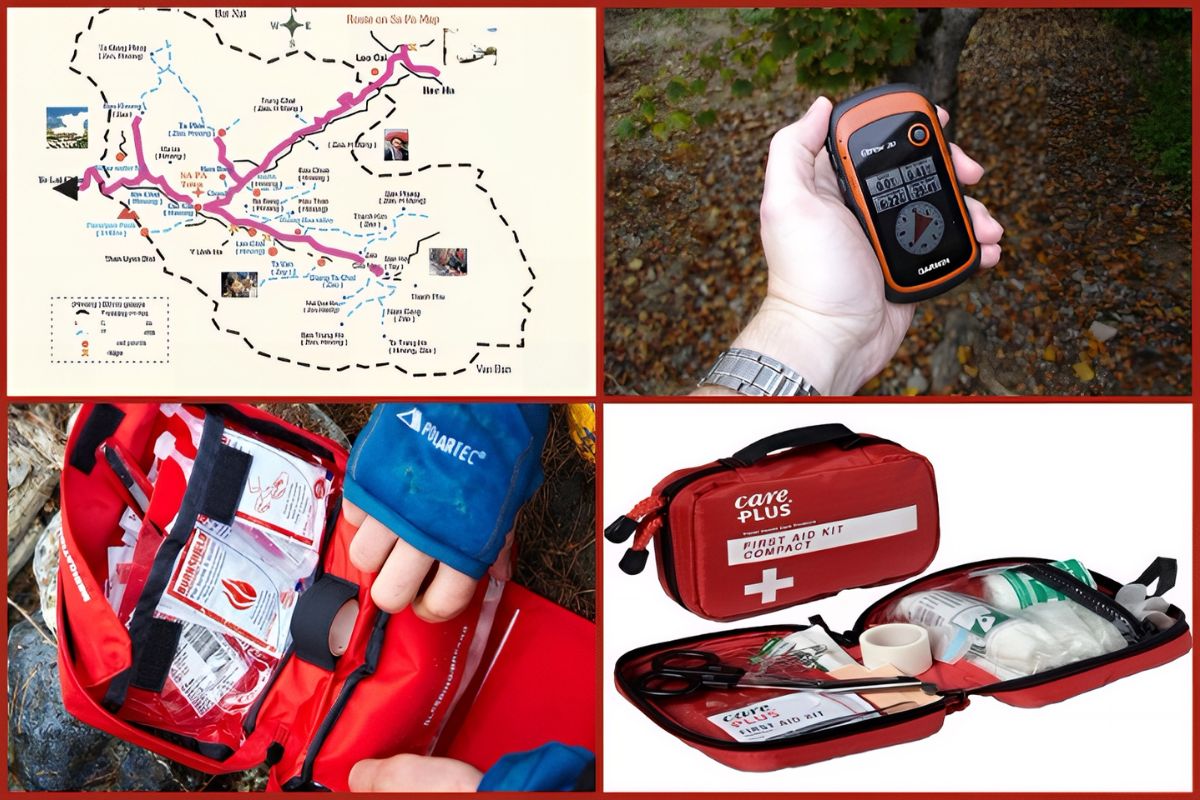
4. Identification Documents
Regardless of whether you’re trekking solo or on a guided tour, keep your identification secure:
- Passport
- National ID
- Emergency Contact Information
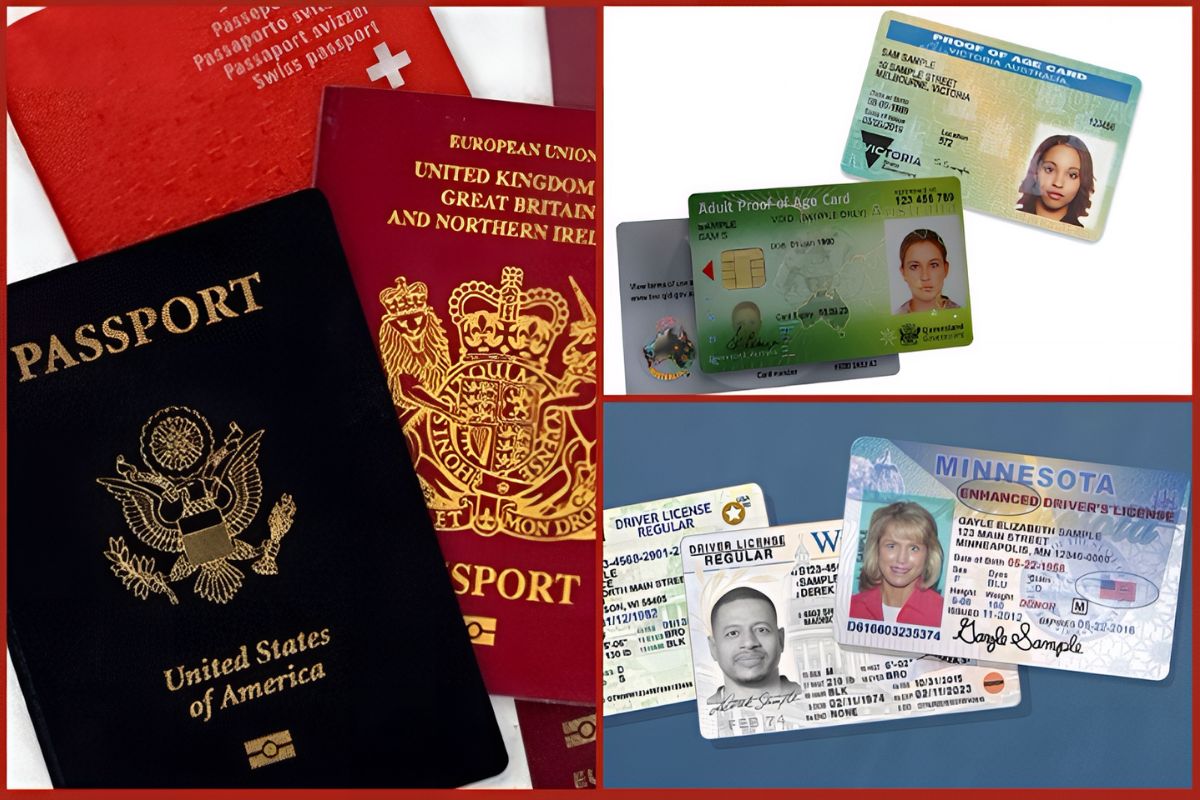
Tip: Share your itinerary with someone not on the trek.
5. Personal Items
Pack only the essentials to keep your backpack light:
- Sunscreen: Choose a high SPF.
- Personal Hygiene Items: Pack travel-sized toiletries.
- Backup Charger: Portable power banks are essential.
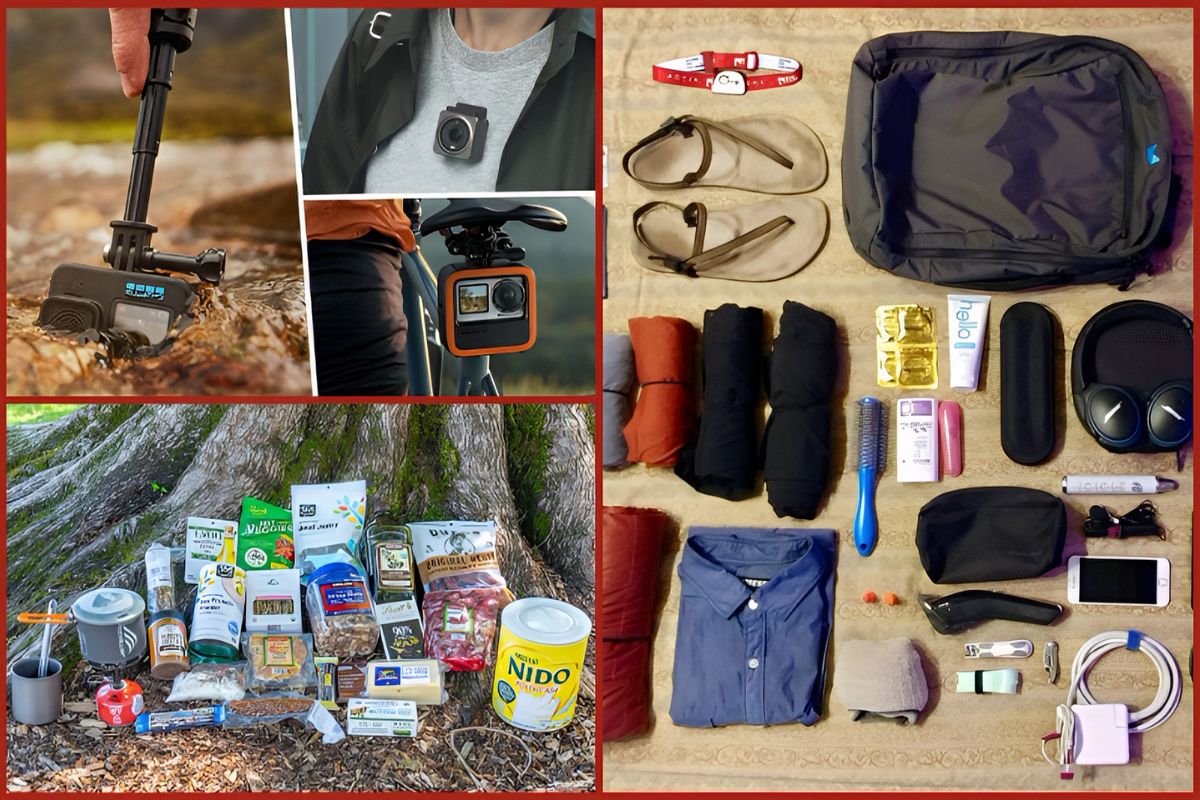
6. Knowledge and Experience
Understanding your environment is vital:
- Research trekking routes, weather forecasts, and local regulations.
- Start with shorter trails before advancing to more challenging hikes.
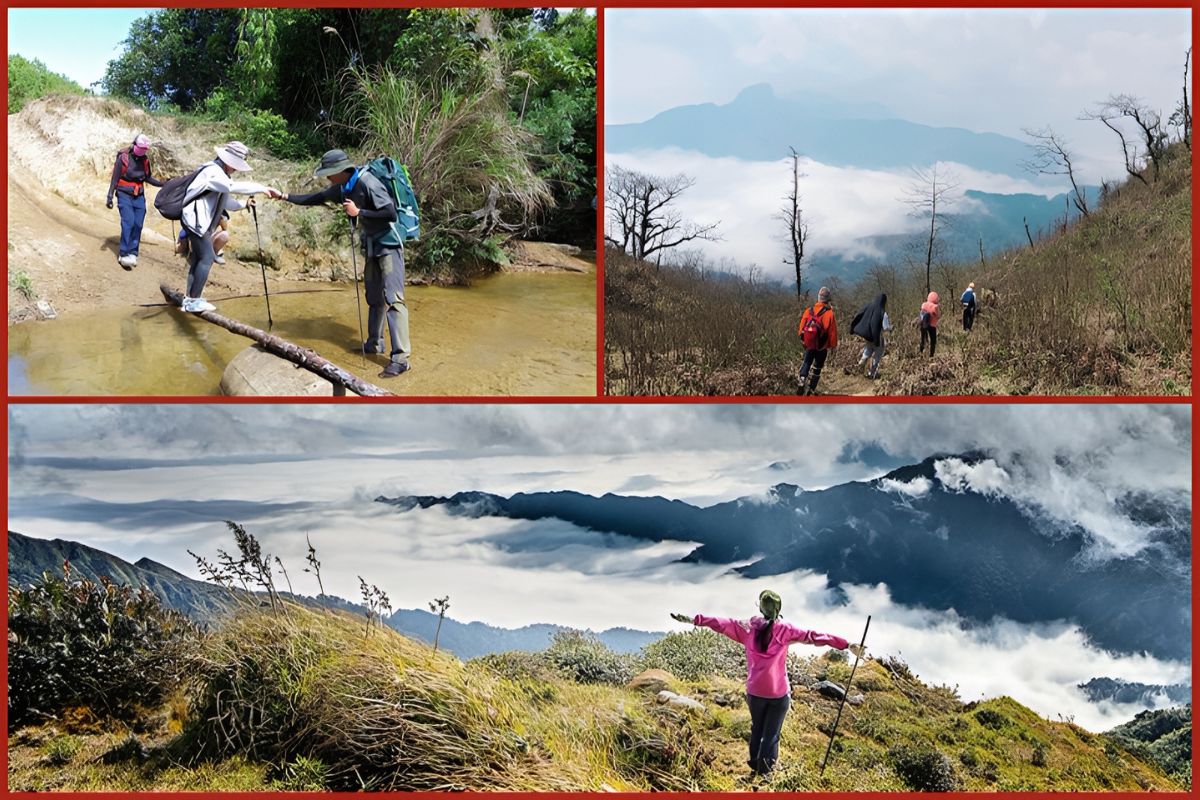
Tip: Join local trekking groups for advice and recommendations.
Conclusion
Trekking in Northern Vietnam presents unique challenges and unparalleled rewards. With thoughtful preparation—gear, knowledge, and physical readiness—you can ensure a safe and memorable adventure. Gear up, stay informed, and embrace the journey ahead!
Explore More
Check out our Grand North Loop Vietnam Tour for a thrilling journey through this beautiful region!
Contact Us
Hotline: +84 98 866 0505
Email: sales@worldmatetravel.com
